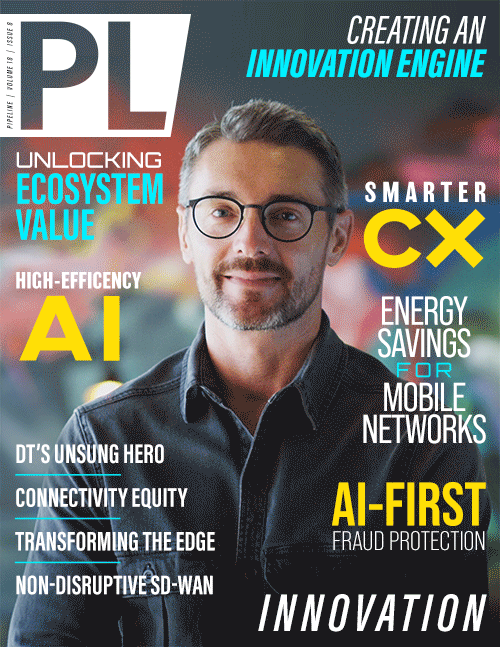Unlocking Ecosystem Value
The creation of that MVC is key to deepening their understanding of their customer’s needs and building solutions around their requirements. It enables product managers to focus on a specific customer challenge that the members of the community can use to derive the perfect solution. It’s critical that in building the ecosystem, partnerships are selectively chosen based on the capability to achieve the desired outcome. Openness within that environment is also key in rapidly experimenting and trialing solutions that are highly repeatable and can be sold globally as cloud services.
Redefining the organization around solution pull
For the industry, ecosystems and 5G-enabled solutions will be crucial if the telecom industry is to generate payback on its almost $1 trillion investment in 5G networks. Various industries including telecoms have demonstrated that we’re seeing the birth of technology communications players that have transitioned from selling a horizontal component (pure connectivity) to selling solutions.
Examples are plentiful. Vodafone announced the split of its IT and solutions business from its core networks as part of its TechCo vision, while BT brought in new leadership to spearhead its new digital business unit. Vodafone has gone on to recently announce plans to develop open partner ecosystems to target new revenues from what it calls a “long list” of technology use cases. This is essentially the telco sector acknowledging that they can’t keep repackaging offers designed for the consumer market and push them to the enterprise if they are to ward off competition from alternative service providers and hyperscalers.
As the ecosystem model evolves, it is also transforming industry verticals and unlocking growth for the enterprise. An example of this is Nokia’s partnership with AWS to enable cloud-based 5G radio solutions. Further, we have seen Google Cloud and Ericsson coming together to help CSPs deliver capabilities to the edge. Each of these models is being driven by the transformational potential that new technologies can have on the enterprise, enhancing productivity and efficiency as well as reducing CAPEX and OPEX.
Vertical industries are key beneficiaries of this ecosystem payoff. For example, consider a farmer purchasing a smart agriculture solution that allows them to monitor crops in real time to improve quality and yield while also optimizing labor involved. Or similarly, think of a restaurant purchasing a smart kitchen solution to manage supply levels, energy efficiency and remote appliance control. While these solutions can unlock growth for the enterprise customer, the customers themselves will not have the time or technical skills necessary to understand them, so they rely on their solution provider working with a partner ecosystem to deliver a solution that simply works for them. They may not know the behind-the-scenes nuts and bolts, but they are reaping the rewards that the ecosystem synergy provides.
Further, larger scale solutions—those provided over a 5G private campus network with its own multi-access edge compute and AI/ML at a large manufacturing facility, for example—come with literally thousands of IoT sensors to enable near real-time highly secure communication for factory floor robotics. Systems can process data in real time to vastly improve the safety and speed of production. There are also examples of AI and drone deployments at British ports to identify, track and analyze the number of vehicles across the port at any given time. The possibilities are becoming endless.
The ecosystem model is quickly maturing and there’s an increasing urgency for businesses looking to establish themselves in the enterprise solutions market to orchestrate partners and co-create repeatable, scalable solutions. This doesn’t mean building yet another AppStore to “push” a variety of individual highly standardized products but understanding how to build a marketplace that combines ecosystem partner specialisms to provide outcome-based solutions that perfectly solve those customer needs—and that will maximize benefits in revenue and satisfaction for all key stakeholders, present and future.



















